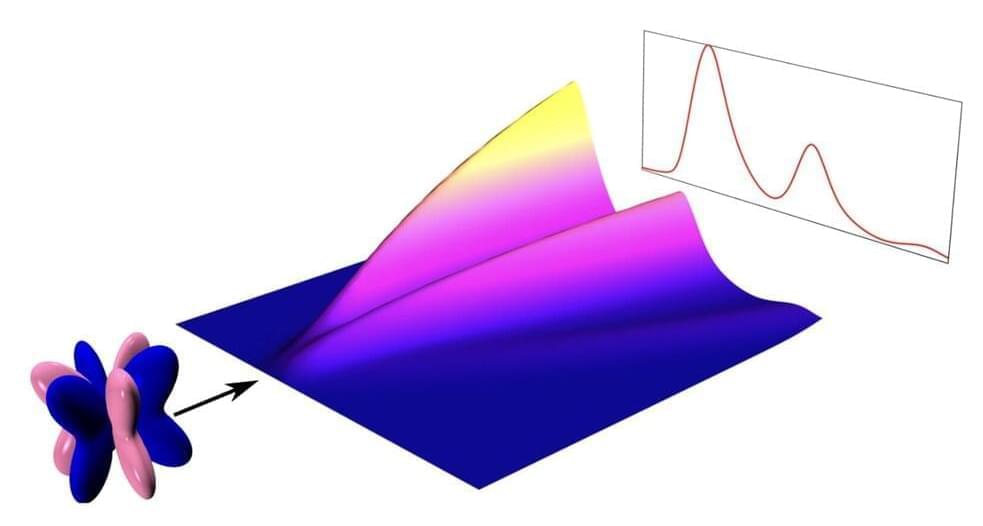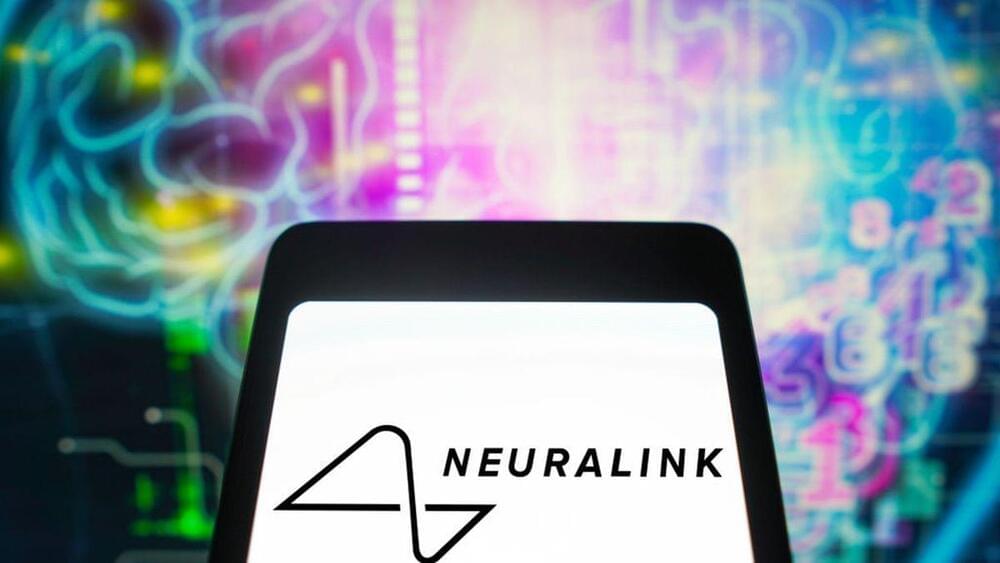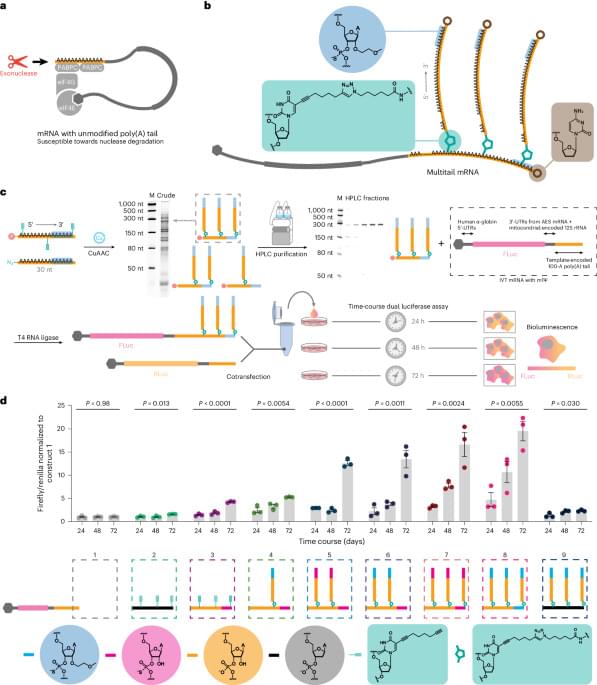Elon Musk’s Neuralink recently implanted a chip in a human for the first time. The emerging market of brain computer interfaces, or BCIs, is in the process of finding its footing. In a world where AI is on the rise, BCIs allow for telepathic control of computers and wireless operation of prosthetics. But how does this tech work?
WSJ goes inside a brain surgery to see how the implants work, and breaks down what it’s going to take to get these devices on the market.
Chapters:
0:00 Musk’s Neuralink.
0:41 The market.
3:03 Synchron.
3:57 Precision.
5:16 What’s next?
News Explainers.
Some days the high-speed news cycle can bring more questions than answers. WSJ’s news explainers break down the day’s biggest stories into bite-size pieces to help you make sense of the news.
#Neuralink #Tech #WSJ








